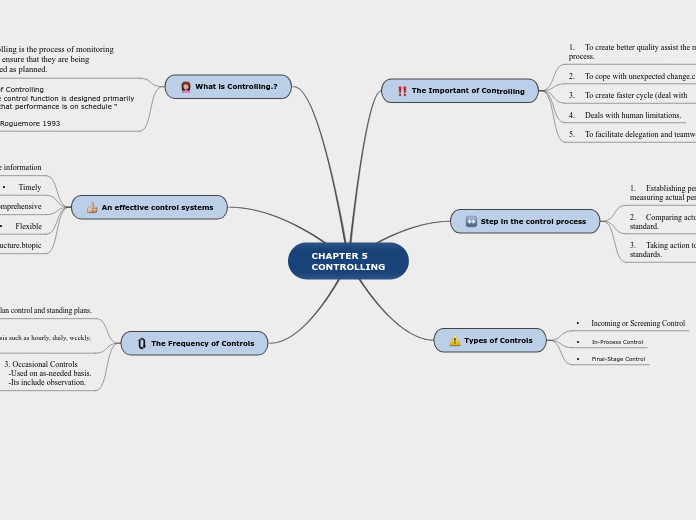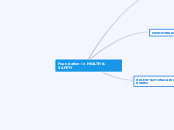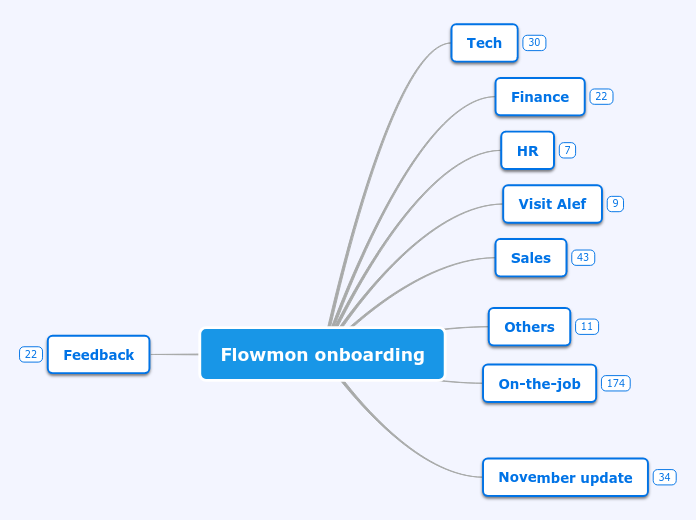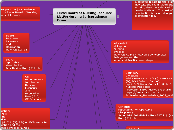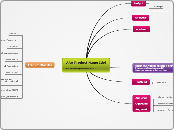af Akmal Shobri 5 år siden
178
CHAPTER 5CONTROLLING
Controlling is a critical management function involving monitoring activities to ensure they align with planned objectives. It encompasses various types of controls, including constant controls like self-control and standing plans, periodic controls used on a fixed schedule, and occasional controls employed as needed.
